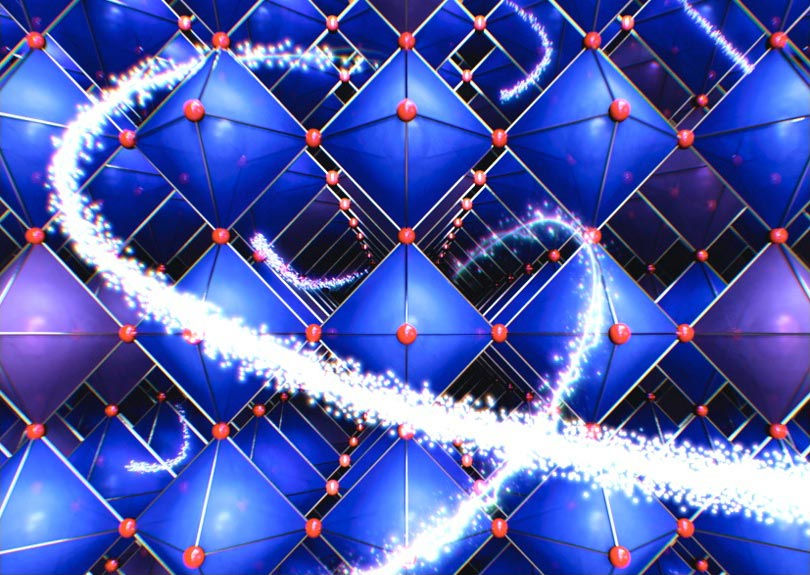New device generates electricity from moisture in the air
- Mateo Cardinal
- Nov 12, 2024
- 2 min read

Over the past decade, wearable electronics — especially those with healthcare applications — have become increasingly popular, but researchers are still figuring out the best way to power them.
Traditional batteries are currently the most popular answer, but they are often too rigid and don’t last very long with continuous use. Wireless power transfer techniques offer another solution, but those systems have limited range and are not portable.
Binghamton University, State University of New York Professor Seokheun “Sean” Choi, Assistant Professor Anwar Elhadad, PhD ’24, and PhD student Yang “Lexi” Gao have developed a new method to pull moisture from the air and turn that water into electricity.
In a recently published paper in the journal Small, the Binghamton team outlined their paper-based wearable device that would provide sustained high-efficiency power output through moisture capture.
“Wearable electronics will use energy-harvesting techniques in the future, but right now, the techniques are very irregular in time, random in location and inefficiently converted,” Choi said. “The reason why I was interested in this topic is that the moisture in our air is ubiquitous, and I realized that energy harvesting from moisture is very easy.
Adapting the knowledge that Choi’s Bioelectronics and Microsystems Lab has gained about biobatteries over the past 15 years, the generator uses bacterial spores as the “functional group” that breaks down the water molecules into positive and negative ions. The paper’s capillaries absorb the spores, which creates a gradient with more positive ions on top than on the bottom, and that imbalance leads to an electric charge.
Moisture absorption is enhanced by adding a Janus paper layer that is hydrophobic on one side and hydrophilic on the other, drawing in water molecules and keeping them inside the device until they are processed.
The research continues Choi’s pursuit of papertronics — making devices entirely out of paper that are flexible, wearable, scalable and disposable in a way that doesn’t harm the environment. He sees the moist-electric generator as revolutionary for low-power sensors, drug delivery or electrical stimulation.
Potential improvements and refinements include increasing power output, developing a method for energy storage and integrating with other energy-harvesting techniques. Choi also hopes to shrink the device to the same scale as micro-electromechanical systems (MEMS).
“The size of one device is too big for me. I’m a MEMS guy!” he said with a laugh. “By decreasing each individual unit and connecting more cells within a small footprint, we can improve the power density significantly. Also, because we are using paper, we can try many other ideas, including origami techniques.”
While other researchers are developing long-term wearable devices, Choi’s instinct is to go the opposite direction by focusing on disposable devices that won’t clutter up landfills with electronic waste.
“I don’t want to wear something all day for four months,” he said. “I want to use it for short time and then throw it away — so in that way, paper is the best.” Reference A Paper-Based Wearable Moist–Electric Generator for Sustained High-Efficiency Power Output and Enhanced Moisture Capture
Yang Gao, Anwar Elhadad, Seokheun Choi




























Comments